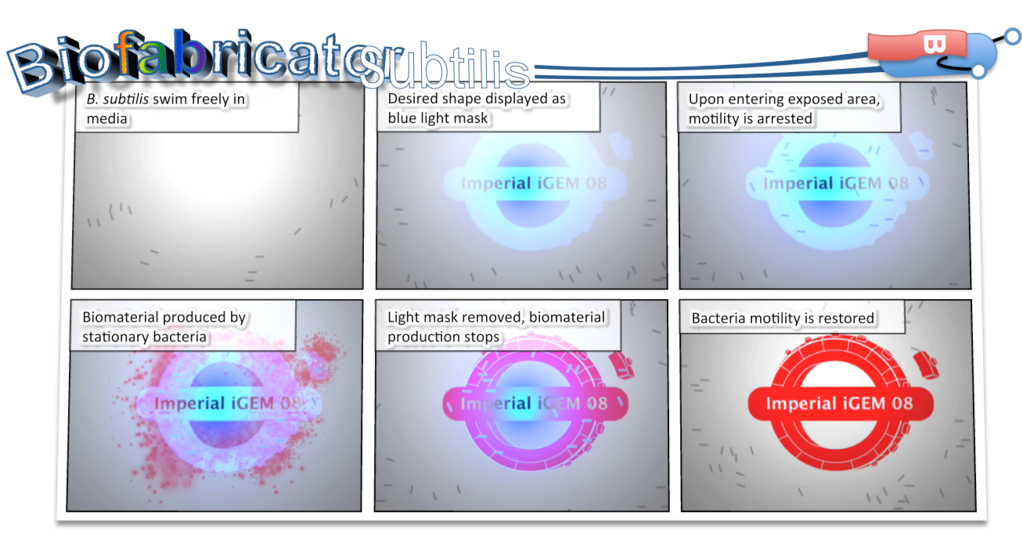Team:Imperial College
From 2008.igem.org
(Difference between revisions)
m |
m |
||
| Line 2: | Line 2: | ||
<!--{{Imperial/Box2||<html><center>Welcome to the Imperial 2008 iGEM project page. It's </html>{{CURRENTDAYNAME}}<html>, </html>{{CURRENTMONTHNAME}}<html> </html>{{CURRENTDAY}}<html> and a great day to read about an awesome iGEM project!</center></html><br>|}}--> | <!--{{Imperial/Box2||<html><center>Welcome to the Imperial 2008 iGEM project page. It's </html>{{CURRENTDAYNAME}}<html>, </html>{{CURRENTMONTHNAME}}<html> </html>{{CURRENTDAY}}<html> and a great day to read about an awesome iGEM project!</center></html><br>|}}--> | ||
| - | {{Imperial/Box1|<html><center><img width="700px" src="https://static.igem.org/mediawiki/2008/9/94/Imperial_2008_Title.png"></center></html> | + | {{Imperial/Box1|| |
| + | <html><center><img width="700px" src="https://static.igem.org/mediawiki/2008/9/94/Imperial_2008_Title.png"></center></html> | ||
<center>'''For the 2008 iGEM competition, the Imperial College Team aims to develop a genetically-engineered Biofabricator, using the Gram-positive bacterium Bacillus subtilis as our chassis. Our Biofabricator aims to produce self-assembling biomaterials in specified 3D shapes, using light as the trigger.'''<html><br><br><img width="350px" src="http://i59.photobucket.com/albums/g305/Timpski/Logo1.png"></html></center> | <center>'''For the 2008 iGEM competition, the Imperial College Team aims to develop a genetically-engineered Biofabricator, using the Gram-positive bacterium Bacillus subtilis as our chassis. Our Biofabricator aims to produce self-assembling biomaterials in specified 3D shapes, using light as the trigger.'''<html><br><br><img width="350px" src="http://i59.photobucket.com/albums/g305/Timpski/Logo1.png"></html></center> | ||
*Light on | *Light on | ||
Revision as of 13:50, 17 October 2008
| |||||||||||||||
 "
"







